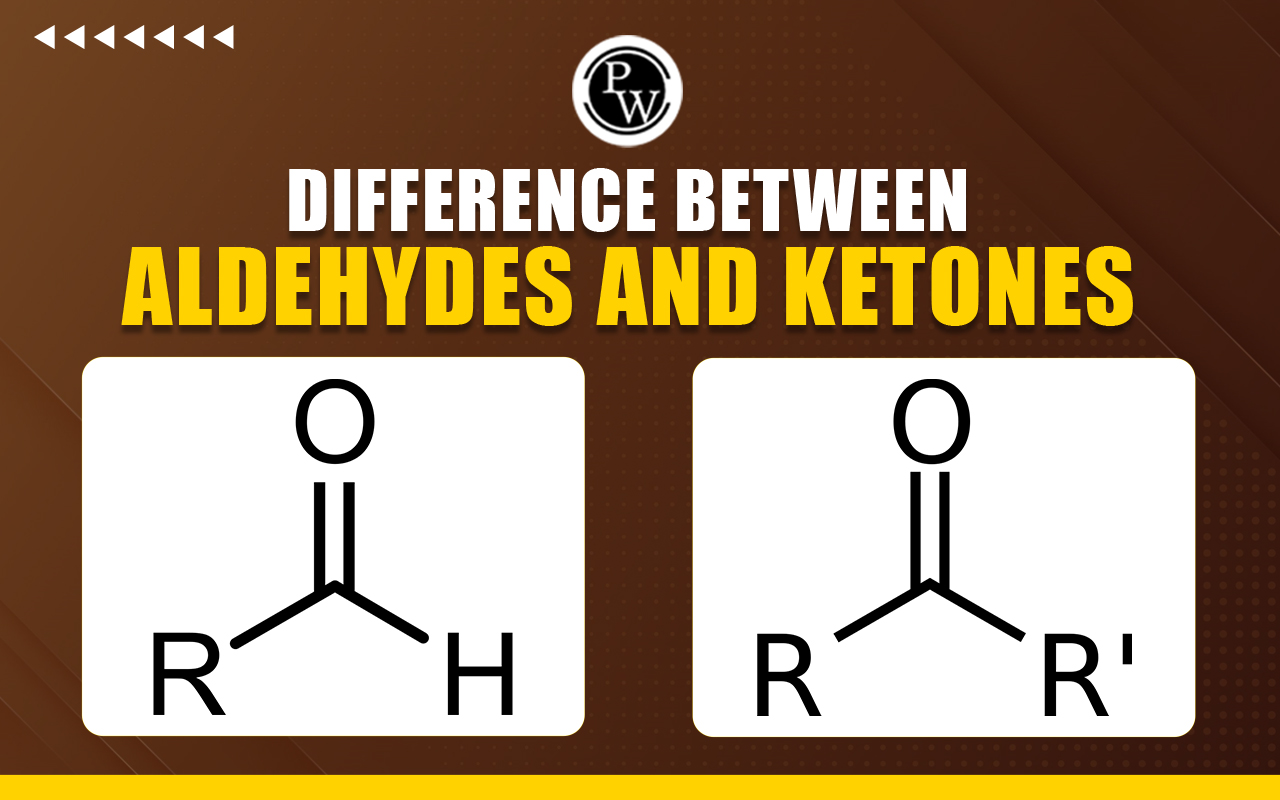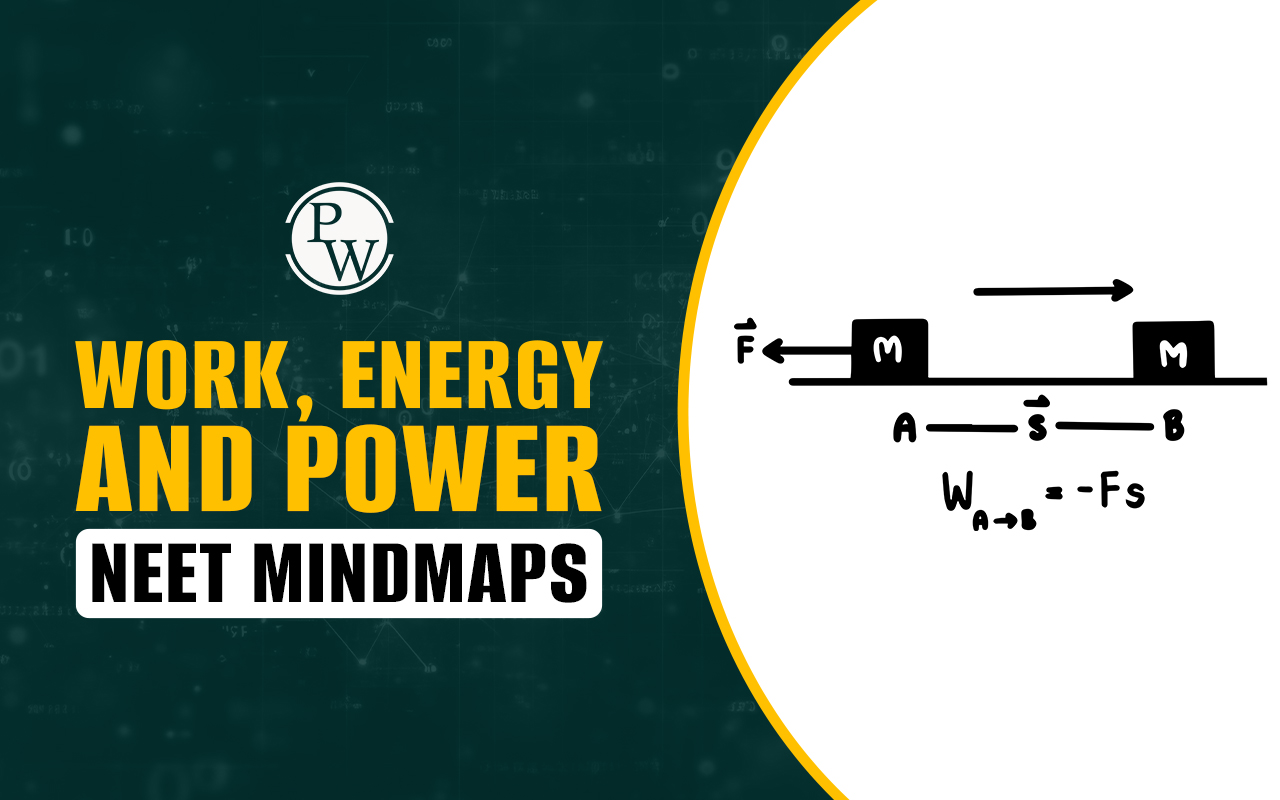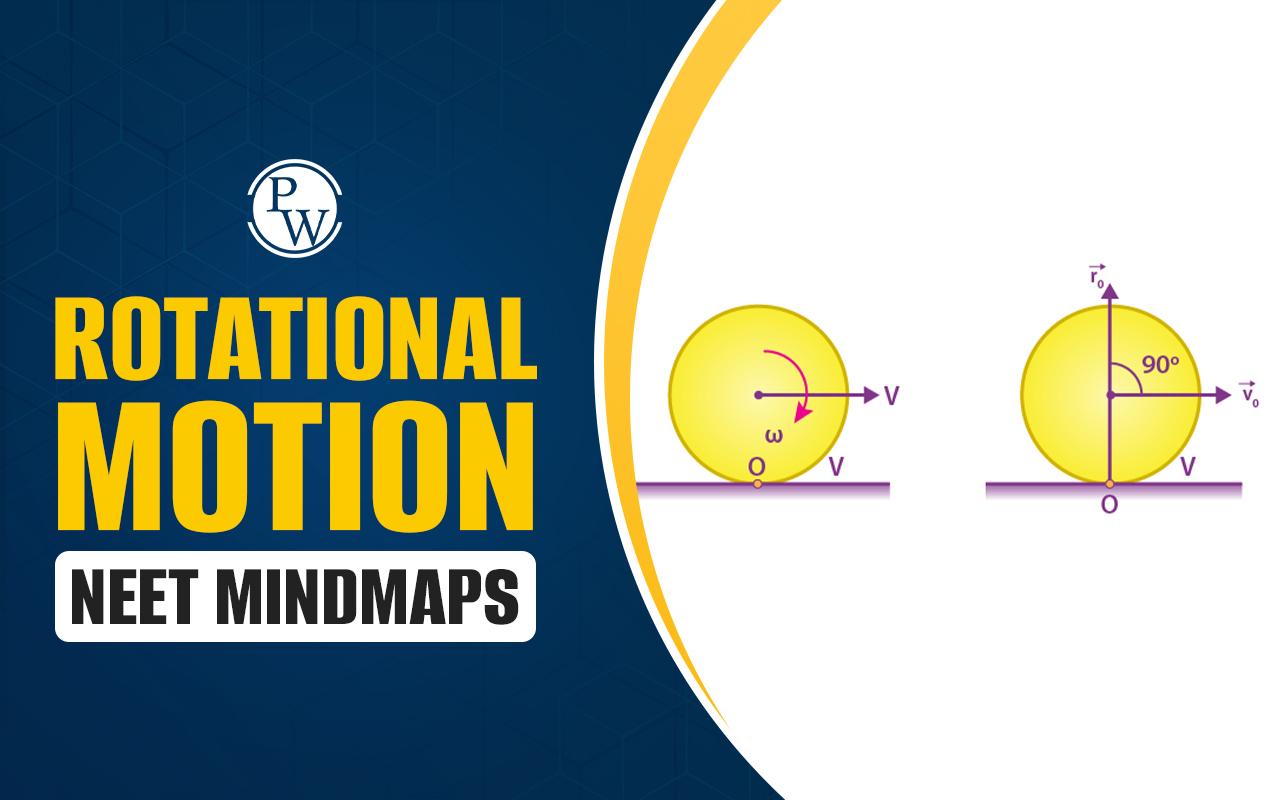

Difference Between Aldehydes And Ketones: Ketones and aldehydes, integral components of the NEET syllabus in organic chemistry, are organic compounds featuring a distinctive carbonyl group. These carbonic compounds are synthetically producible.
The crux of their differentiation lies in their chemical structure. Several tests help in knowing the differences between aldehydes and ketones. Some tests include Schiff’s, Tollen’s, Fehling’s, and Sodium hydroxide tests. These examinations show unique reactions to differentiate between these functional groups. Proficiency in recognizing and interpreting these tests is important for aspiring medical students who wish to cover the NEET syllabus.Difference Between Aldehydes And Ketones
Aldehydes and ketones are two components of a family group, they have their special part to play at the end of their carbon chain, while ketones keep it inside. Think of aldehydes as the more energetic ones because of their end spot, they easily combine with other chemicals. On the other hand, ketones are an organic compound that includes a carbonyl group attached to the carbon atom in the chain. Knowing these differences helps chemistry to predict how these chemicals will act and react, making it simpler for NEET students who wish to score better in the chemistry section.Difference Between Aldehydes And Ketones Overview
Aldehydes and ketones are like two functional groups in NEET chemistry. The main thing that makes them different is where they put their special tag, called a carbonyl group. Aldehydes stick it at the end of their chain, while ketones tuck it somewhere inside. This little difference gives them a unique identity and ways of doing things. Imagine them as characters with distinct traits. We perform tests like Schiff’s, Tollen’s, and Fehling’s to differentiate between them. Learning about these differences helps us understand how they behave and react, which is super important in the chemistry preparation journey.| Difference Between Aldehydes And Ketones | ||
|---|---|---|
| Parameter | Aldehydes | Ketones |
| Functional Group | RCHO (Carbonyl group at the end of the carbon chain) | RCOR' (Carbonyl group within the carbon chain) |
| General Formula | RCHO | RCOR' |
| Naming | Named by replacing the -e in the corresponding alkane with -al | Named by replacing the -e in the corresponding alkane with -one |
| IUPAC Suffix | -al | -one |
| Location of Carbonyl Group | Terminal (at the end of the carbon chain) | Internal (within the carbon chain) |
| Hydrogen Bonding | Aldehydes can participate in hydrogen bonding with H of -OH or -NH groups | Ketones can participate in hydrogen bonding with H of -OH or -NH groups |
| Boiling Point | Generally lower boiling points compared to ketones | Generally higher boiling points compared to aldehydes |
| Reactivity | Aldehydes are generally more reactive than ketones | Ketones are generally less reactive than aldehydes |
| Common Examples | Formaldehyde (HCHO), Acetaldehyde (CH3CHO) | Acetone (CH3COCH3), Acetophenone (C6H5COCH3) |
Definition of Aldehydes
Aldehydes are organic compounds that contain a carbonyl group (a carbon-oxygen double bond, C=O) where the carbon is also bonded to a hydrogen atom. The carbonyl group in aldehydes is always found at the terminal or end position of the carbon chain.Examples
- Formaldehyde (Methanal): HCHO
- Acetaldehyde (Ethanal): CH3CHO
- Benzaldehyde: C6H5CHO
- Propanal: CH3CH2CHO
- Butanal: CH3CH2CH2CHO
Definition of Ketones
Ketones are organic compounds that also contain a carbonyl group (C=O), but in ketones, the carbonyl group is positioned within the carbon chain and not at the terminal position.Examples
- Acetone (Propanone): CH3COCH3
- Butanone (Methyl Ethyl Ketone): CH3COCH2CH3
- Acetophenone: C6H5COCH3
- Cyclohexanone: (CH2)5CO
- Hexan-3-one: CH3CH2COCH2CH3
 NEET online coaching at Physics Wallah offers the best platform for medical aspirants to prepare for the NEET exam. With expert faculties and syllabus-oriented study materials, aspirants can access quality education from the comfort of their homes. Join PW's Online courses and get ready for a successful medical career.
NEET online coaching at Physics Wallah offers the best platform for medical aspirants to prepare for the NEET exam. With expert faculties and syllabus-oriented study materials, aspirants can access quality education from the comfort of their homes. Join PW's Online courses and get ready for a successful medical career.
Difference Between Aldehydes And Ketones FAQs
What is difference between aldehyde and ketone or alcohol and ether?
Aldehydes and ketones are organic compounds characterized by the presence of a carbonyl group (C=O). The key distinction lies in the location of this carbonyl group within the molecular structure. In aldehydes, the carbonyl group is positioned at the terminal carbon of the carbon chain, whereas ketones have the carbonyl group situated within the carbon chain itself. Notable examples of aldehydes include formaldehyde and acetaldehyde, while common ketones include acetone and butanone.
What are the similarities between aldehydes and ketones?
Aldehydes and ketones, despite their structural differences, share certain fundamental similarities. Both classes of compounds contain the carbonyl functional group (C=O), which imparts similar reactivity characteristics. Both aldehydes and ketones participate in analogous types of chemical reactions, particularly nucleophilic addition reactions, owing to the electrophilic nature of the carbonyl carbon.
How are aldehydes and ketones different in reactivity?
The reactivity of aldehydes and ketones varies due to structural disparities. Aldehydes tend to be more reactive than ketones. This heightened reactivity in aldehydes is attributed to the presence of a hydrogen atom attached to the carbonyl carbon, making it more susceptible to nucleophilic attacks. Ketones, lacking this highly reactive hydrogen, generally exhibit lower reactivity compared to aldehydes in various chemical reactions.
What is the difference between aldehyde and ketone Class 10?
In a Class 10 context, students are introduced to the basic concepts of organic chemistry. Aldehydes and ketones are defined based on the position of the carbonyl group, with aldehydes having it at the terminal carbon and ketones within the carbon chain. Simple examples like formaldehyde and acetone may be discussed to illustrate these concepts at a foundational level.
What is the difference between aldehydes and ketones Class 12?
As students progress to Class 12, the study of aldehydes and ketones becomes more detailed. Emphasis is placed on the mechanisms of reactions involving these functional groups, such as nucleophilic addition reactions. Students explore the reactivity and structural influences on chemical properties. The curriculum delves into the synthesis, reactions, and properties of these organic compounds in greater depth, providing a comprehensive understanding of their roles in organic chemistry.
🔥 Trending Blogs
Talk to a counsellorHave doubts? Our support team will be happy to assist you!

Free Learning Resources
PW Books
Notes (Class 10-12)
PW Study Materials
Notes (Class 6-9)
Ncert Solutions
Govt Exams
Class 6th to 12th Online Courses
Govt Job Exams Courses
UPSC Coaching
Defence Exam Coaching
Gate Exam Coaching
Other Exams
Know about Physics Wallah
Physics Wallah is an Indian edtech platform that provides accessible & comprehensive learning experiences to students from Class 6th to postgraduate level. We also provide extensive NCERT solutions, sample paper, NEET, JEE Mains, BITSAT previous year papers & more such resources to students. Physics Wallah also caters to over 3.5 million registered students and over 78 lakh+ Youtube subscribers with 4.8 rating on its app.
We Stand Out because
We provide students with intensive courses with India’s qualified & experienced faculties & mentors. PW strives to make the learning experience comprehensive and accessible for students of all sections of society. We believe in empowering every single student who couldn't dream of a good career in engineering and medical field earlier.
Our Key Focus Areas
Physics Wallah's main focus is to make the learning experience as economical as possible for all students. With our affordable courses like Lakshya, Udaan and Arjuna and many others, we have been able to provide a platform for lakhs of aspirants. From providing Chemistry, Maths, Physics formula to giving e-books of eminent authors like RD Sharma, RS Aggarwal and Lakhmir Singh, PW focuses on every single student's need for preparation.
What Makes Us Different
Physics Wallah strives to develop a comprehensive pedagogical structure for students, where they get a state-of-the-art learning experience with study material and resources. Apart from catering students preparing for JEE Mains and NEET, PW also provides study material for each state board like Uttar Pradesh, Bihar, and others
Copyright © 2025 Physicswallah Limited All rights reserved.











